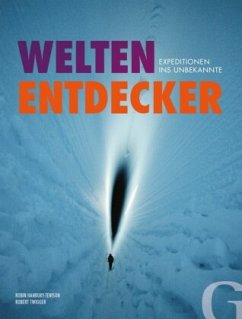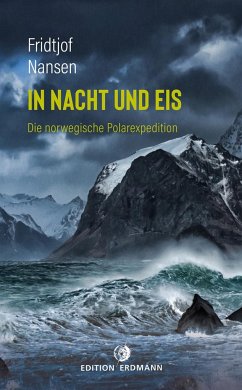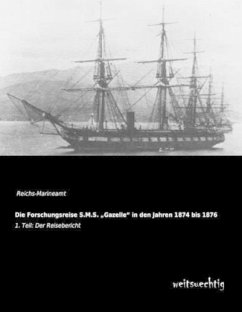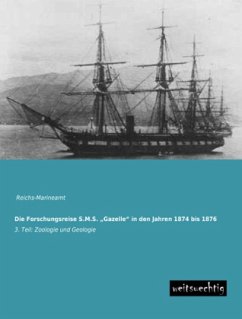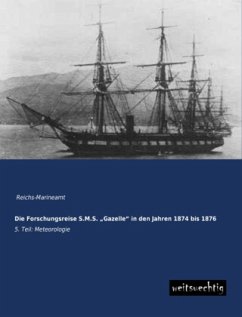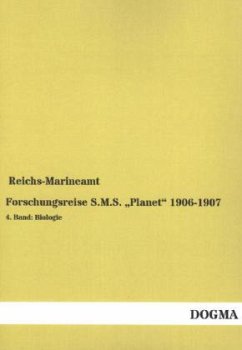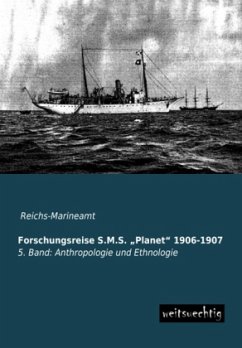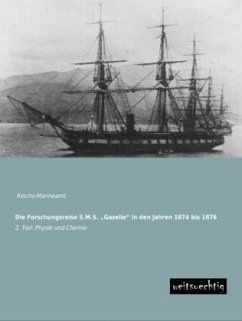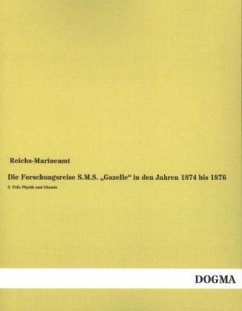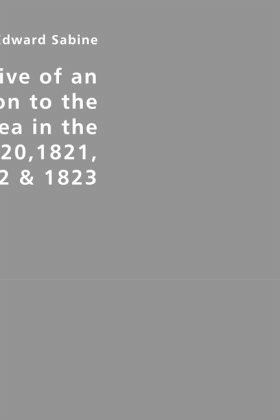
Narrative of an Expedition to the Polar Sea in the Years 1820,1821, 1822 & 1823
Commanded by Lieutenant, now admiral, Ferdinand von Wrangell, of the Russian Imperial Navy
Herausgegeben: Krosigk, Esther von
Versandkostenfrei!
Versandfertig in 6-10 Tagen
69,00 €
inkl. MwSt.

PAYBACK Punkte
0 °P sammeln!
Sir Edward Sabine (1788-1883) was an Irish astronomer and geodesistwho served in the Royal Artillery before participating in the Arctic expeditionsof John Ross (1818) and William Parry (1819) in search of theNorthwest Passage. From 1821 to 1823, Sabine traveled in the Southernhemisphere, developing Alexander von Humboldt's geomagneticwork. At that time, he began experiments to determine the Earth'sshape more precisely by observing the motion of a pendulum. He devotedthe rest of his life to research on terrestrial magnetism, and estabishedmagnetic observatories throughout the world. From 1861 t...
Sir Edward Sabine (1788-1883) was an Irish astronomer and geodesistwho served in the Royal Artillery before participating in the Arctic expeditionsof John Ross (1818) and William Parry (1819) in search of theNorthwest Passage. From 1821 to 1823, Sabine traveled in the Southernhemisphere, developing Alexander von Humboldt's geomagneticwork. At that time, he began experiments to determine the Earth'sshape more precisely by observing the motion of a pendulum. He devotedthe rest of his life to research on terrestrial magnetism, and estabishedmagnetic observatories throughout the world. From 1861 to1871, he was president of London's Royal Society. It was during thisperiod (in 1869) that he was knighted.



